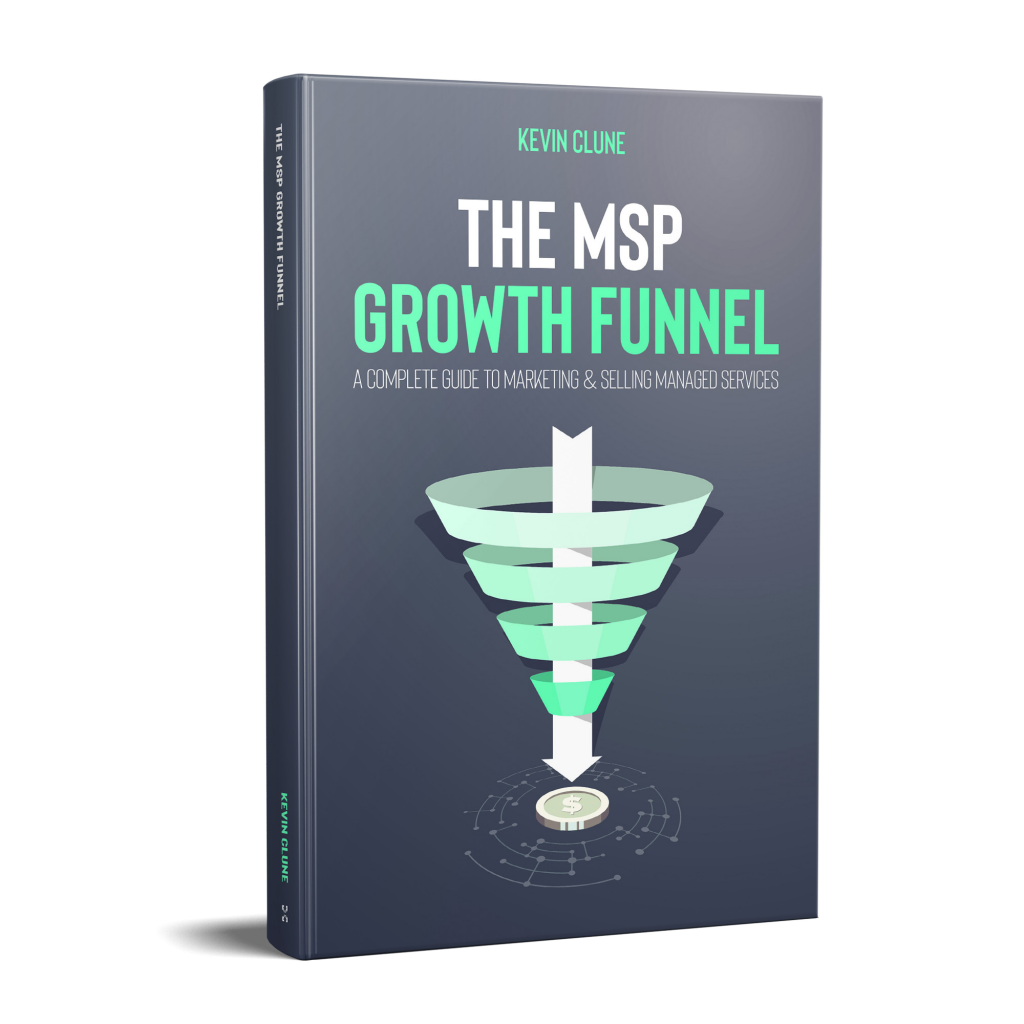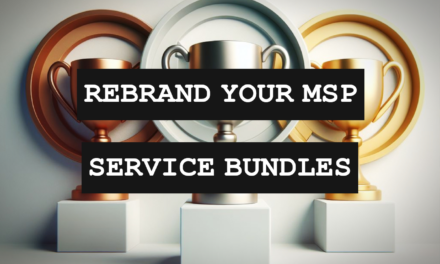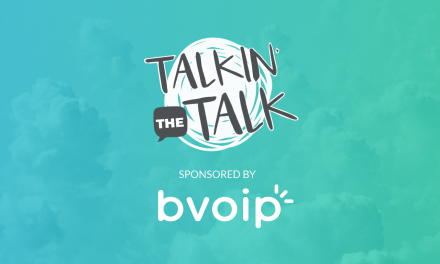Best Practices For Reviewing Quotes w/ Your Prospect
Last week we discussed the sales-engineering of IT contracts and our very simple three prong approach. If you have been following along thus far, then you and your solution design team are likely doing a great job of constructing quotes and providing your valuable recommendations to your potential customers.
Even though this is exactly what your customer asked for, sometimes it can be a little difficult for them to digest. The truth is, Decision Makers feel the same way about IT consultations as they do about trips to the Dentist. The only difference is that instead of telling them to floss more, you are urging them to backup their systems and create stronger passwords. This is why these appointments are always left with the feeling of insecurity and a hard dose of proactive pressure that frankly no one likes to experience.
Nevertheless, these are necessary evils for most and are simply a part of doing business. It is important to know this going in and make sure that you do everything you can to prevent the potential customer from reacting negatively toward your quote.
Sticker shock is incredibly common when presenting a prospect with an IT quote. The quote will almost always be more than the prospect wants to spend (no matter how high they value your expertise). Prior to a price negotiation, there are a few other ways that you can help to ease your prospect through the quote and prevent them from reaching a state of complete “price paralysis:”
Present the quote in person or while on a call.
One thing you never want to do is have your prospect review a quote for the first time without being there to defend it. You may be tempted to just “email it over” to them as soon as it is ready, but it is in your best interest to always schedule time to review the quote and present it during this meeting. Whether it is by phone or in person, it is always guide the prospect through the quote first-hand and provide your narrative before they reach the final figures.
This is particularly important if you know you are competing against other providers for the business. You want to always have the opportunity to explain first-hand how quotes may differ and match prices if need be. This opportunity may not be granted if a prospect sees your quote come through their inbox in the middle of a busy workday and it’s for substantially more than the quotes they have already gotten.

READY TO SELL MORE IT CONTRACTS? GET THE COMPLETE STRATEGY YOU NEED TO MAKE IT HAPPEN.
Review it in small sections before presenting totals.
Break your quotes up into sections and include subtotals on each one. This will help structure your conversation and divide the quote into smaller (more digestible) numbers. This will also assist in preserving important parts of your quote should they look to cut bait on a few projects or services. For this reason, always indicate what sections are optional and what are not.
We have all sat at a prospect’s conference room table, sweating bullets as the prospect takes a hatchet to the very quote that they specifically asked for a few days prior. Even when you know it is coming, it still hurts just the same. Nevertheless, it is still better to over-quote than under-quote, just be sure that you effectively communicate the details therein.
Focus on their goals and how each item relates to it.
Don’t forget that your prospect does not have the same level of expertise as you when it comes to business technology. Therefore they do not value the solutions you are presenting the same. For this purpose, always relate everything in your quote back to the thing that they do value, which is their business and the goals they are looking to accomplish. Present the information in their terms (not yours) and help them understand the effect of each product and service, more so than the features or functionality that it has.
For example, if you are pitching a backup solution with different tiers of storage, help them understand this in terms of their companies specific usage. If they are an architecture firm and each project they complete generates a folder of large design files, then help them estimate out how many project folders they could retain in each tier. Apple did this when they compared iPod models by the numbers of songs it could hold instead of MBs. This ended up being a great marketing tactic to help tech-illiterate consumers understand the value of the higher end models.
The Ultimate Guide To Cash Flow For Managed Services
Sponsored by Alternative Payments & Zest
Have confidence about your price and value.
Finally, when presenting prices to your potential customers it is important to never waiver. Be confident about what your recommendations are and what your rate is. If the prospect gets a sense that your rate could be lower (or that your recommendations are not entirely necessary) then they may try to work you down. Always maintain a firm position from the beginning and try to prevent the quote going into price negotiation.
If you do end up in a negotiation, you should look to give up your margin in the form of “free months” or “account credits” instead of reducing the monthly rate of the contract. For example, instead of reducing a $1,000/month contract to $900/month, instead keep the rate at $1,000/month and offer a $1200 account credit upon the signing of the contract. While the customer will still pay the same amount out of pocket for that year, it gives you a higher renewal rate at the end of the contract.

SPONSORED BY ZEST
















